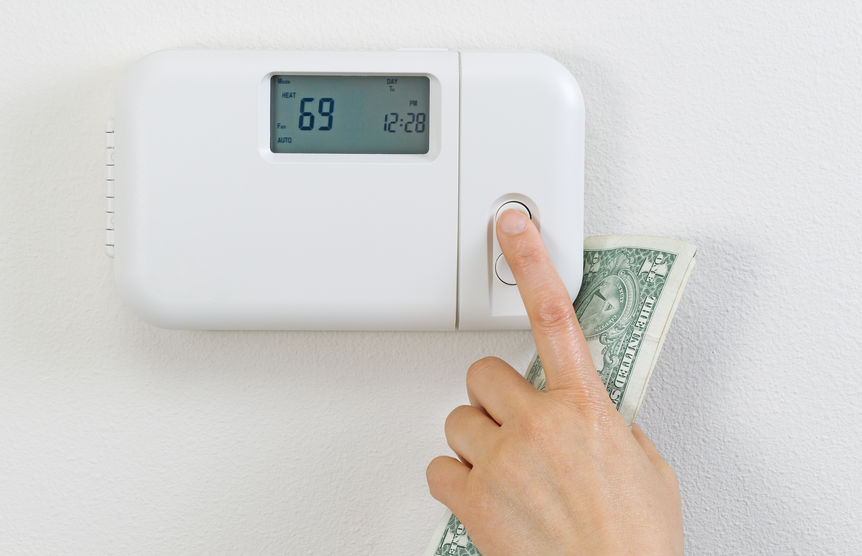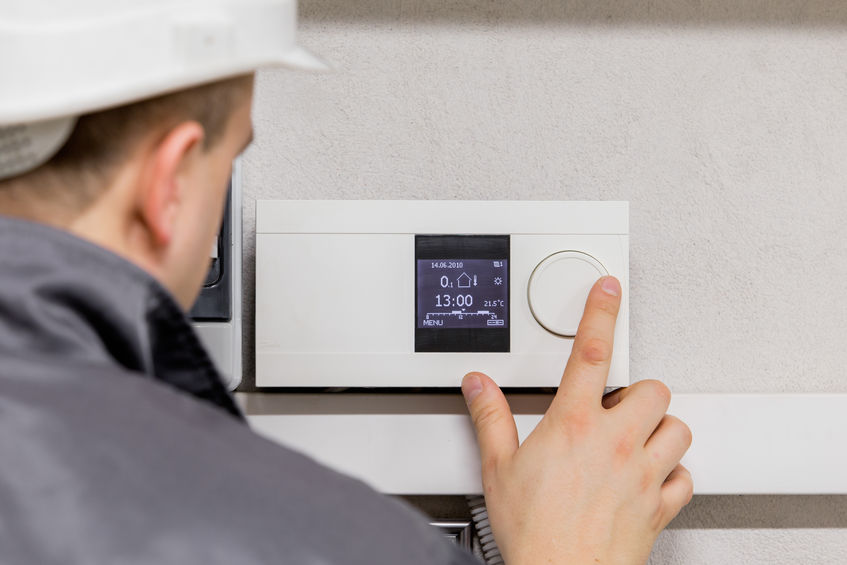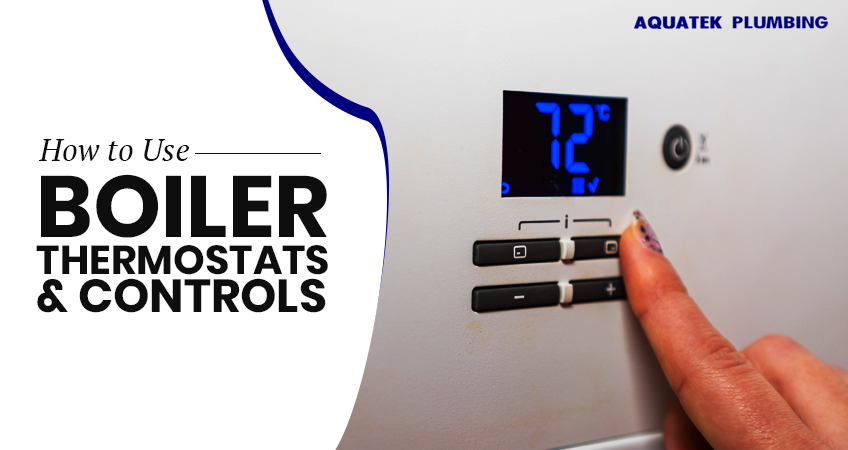Having effectively-working heating controls is crucial to help your boiler-powered heating system work efficiently. When used smartly, the controls limit energy consumption yet ensure that every room is at a comfortable temperature level. In the long-run, you incur lower energy bills.
While a thermometer is used to check the temperature, thermostats work to control the central heating system’s heat levels. Without these small but crucial devices, it’s impossible to manage temperature levels in the home. Thermostats are available in various forms, including smart thermostats, digital thermostats, and central heating wall thermostats.
Benefits of the Central Heating Controls
Having oil boiler timer controls or other types of thermostats in your central heating system has several benefits.
Reduced Energy Bills


The most noticeable advantage is that they help reduce your heating bills if you use the controls efficiently. Statistics show that by turning a room thermostat down by one degree, you can save a minimum of £60 annually. It also reduces carbon emission by 310kgs every year.
Besides, if a programmer is correctly installed and subjected to proper use, you can save at least £75 every year. You’ll also save the environment from 320kgs of carbon dioxide emission. These savings are typical for a three-bedroom semi-detached home with gas boiler heating controls.
Scheduled Heating
The controls play a significant role in automatically controlling the temperatures in your home. You don’t have to worry about rising bills if you leave home and forget to switch off your boilers.
Room-Specific Temperatures
With the controls, you can select the areas of your house you want to heat. You also get to select the required temperature level for each room instead of the whole housing having the same temperature.
Central Heating Controls Explained


For full control over the central heating system, a homeowner needs four primary devices. These include the
· Boiler thermostat
· Room thermostat
· Boiler timer
· Thermostatic radiator valves
How does each one work? Here are the details
Boiler Thermostats
The boiler is designed for two functions. The first one is to supply water to the radiators, and the other is to stream hot water to the taps and showers. It, therefore, makes sense to have temperature controls for the two water pathways. This is where the boiler thermostat comes in, but how does a boiler thermostat work?
The thermostat encompasses two smaller thermostats, namely the heat-only boiler and the combi boiler.
Heat-only Boilers
These boilers come as conventional or system boilers. A conventional boiler has a cold water storage tank and is fitted with a hot water cylinder. A system boiler only has the hot water cylinder that supplies hot water to the required points.
Heat-only boilers have a central heating thermostat at the main boiler unit. They also have a hot water cylinder thermostat near the bottom of the hot water cylinder. They both look like small dials with temperature options in a circle.
Combination Boilers
Combination boilers are more compact and work to take water directly to the tap and showers by heating it instantly. They have the functions of a hot water cylinder and cold water storage in a small unit. It’s crucial to know how to turn heating on a combination boiler to have either cold or hot water supplied.
Such boilers have two dials on the central unit for the radiator temperatures and hot water temperature. For modern combination boilers, the dials have a digital display with buttons.
How Do Boiler Timers Work?


All boilers are equipped with an electronic boiler timer and thermostat that let you set your boiler to turn on at a specified time. You can set it to determine when it turns on and for how long, mostly in the morning and evenings.
More advanced electronic timers operate on a seven-day function. This allows you to put different settings for the weekdays and weekends.
Some other boilers have a mechanical timer with a 24-hour clock face in the middle. It breaks down each hour into 15 slots with little grey notches. You can burst the heat outside the boiler’s programming by pulling the relevant notches down.
Room Thermostats
Room thermostats are installed in the hallway or landing, and they come with built-in temperature sensors. These are responsible for regulating the overall heat levels between 18-20°C to keep your home comfortable while conserving energy.
Upon reaching this temperature range, the sensor signifies the boiler to switch off until there’s another temperature drop.
Thermostatic radiator valves
The function of thermostatic radiator valves is not to control the boilers but to reduce water flow through the radiator. They come into play when the temperature goes beyond a particular setting. This lets you set them to the desired level, allowing you to make considerable savings when you use low settings.
Avoid using radiator covers as TRVs work by sensing the air temperature around them. They then control the water flow rate depending on the settings. Putting a cover encloses the TRVs, making them unable to detect the correct room temperature.
Built-in Boiler Controls
Built-in boiler controls come in handy if the boiler is easy to access. They may not be useful to you if the boiler is located in the garage or loft.
The most straightforward control in the built-in boiler system is the on/off switch. Once you turn it on, the boiler goes into standby mode until you need it to provide heat to the showers or radiator. The standby mode uses less energy, usually less than 10W /hour.
Some of the on/off switches allow you to keep the heating off permanently during summer. Turning off heating helps save energy, especially for old boilers with a pilot light that’s always burning.
Final Thoughts
If you’ve not installed boiler controls in your home, it’s time to have it done. It’s an efficient way to have more control of your central heating and hot water. You should also consider having a new boiler installed if your current boiler is more than eight years old. It’s better to install the control on a new system than an old one. Get a quote for boiler controls installation from qualified engineers.



